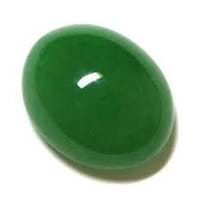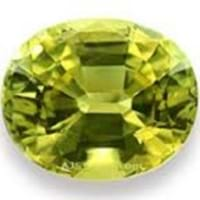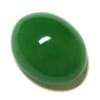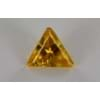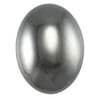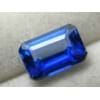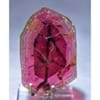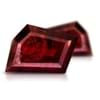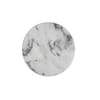Origin
Guatemala, Russia, Columbia, Canada, Italy
Brazil, Madagascar, Zimbabwe, Russia, Sri Lanka, India, Burma, Color: blue, Not Available, Not Available, Not Available, Hardness: 8.5, Refractive index: 1.74 1.77, Density: 3.68 3.80, Chemical composition: BeAl2O3, Crystal structure: orthorhombic, Origins: Brazil, Madagascar, Zimbabwe, Russia, Sri Lanka, India, Burma. Bluish stones are most valuable. Prices for chrysoberyls grow rapidly with weight, and clean stones bigger than 15 cts are rare and therefore an excellent investment.
Color
White, Red, Brown, Green, gray
Greenish, Green, Brownish, Green, Red, Blue, Green, Brown, Brownish, Green, gray, Blue, Green, Brown, Brownish, Green, gray
For which Rashi?
Not Available
Not Available
Planet
Not Available
Not Available
Element of Planets
Not Available
Earth, Water
Energy
Not Available
Not Available
Finger
Not Available
Not Available
Ring Metal
Not Available
Not Available
Deities
Not Available
Not Available
Not to wear with
Not Available
Not Available
Powers
Not Available
Healing
Planetary
Not Available
Not Available
Talisman
Not Available
Not Available
Tenacity
Not Available
Brittle
Solubility
Not Available
Not Available
Durability
Not Available
Not Available
Specific Gravity
3.28-3.38
3.69-3.81
Fracture
Splintery, UnevenArthur Thomas, Difficult, Fibrous
Uneven, Conchoidal to uneven, Brittle, Metallic, Uneven, ConchoidalWalter Schumann, Brittle, Metallic
Cleavage
Good on [110]
Distinct on {110}, imperfect on {010}, poor on {001}
Chemical Composition
NaAlSi 2O 6Ulrich Henn and Claudio C.
BeAl 2 O 4
Pleochroism
NilArthur Thomas
X = red; Y = yellow-orange; Z = emerald-green
Transparency
Translucent
Transparent, Translucent, Transparent to translucent
Refractive Index
1.652-1.688
1.746-1.763
Optic Character
Not Available
Biaxial/+
Crystal System
monoclinic
Orthorhombic
Birefringence
0.013-0.020
0.007-0.013
Clarity
Translucent
Transparent
Neurological
Not Available
Not Available
Cardiovascular
Not Available
Not Available
Respiratory
Not Available
Not Available
Reproductive
Not Available
Not Available
Digestive
Not Available
Not Available
Psychology
Not Available
Not Available
Healing
Not Available
Not Available
Qualities Associated
Not Available
Not Available
Jadeite Vs Chrysoberyl Fracture
Fracture is an important parameter when you compare Jadeite and Chrysoberyl Physical Properties. It is necessary to understand the significance of these properties, before you compare Jadeite Vs Chrysoberyl fracture. Whenever a gemstone chip breaks, it leaves a characteristic line along its breakage. Such lines are known as fracture and are used to identify the gemstones in their initial stages of production when they are in the form of rough minerals. Fracture is usually described with the terms “fibrous” and “splintery” to denote a fracture that usually leaves elongated and sharp edges. Fracture observed in Jadeite is Splintery, UnevenArthur Thomas, Difficult and Fibrous. Chrysoberyl fracture is Uneven, Conchoidal to uneven, Brittle, Metallic, Uneven, ConchoidalWalter Schumann, Brittle and Metallic.
Jadeite Vs Chrysoberyl Luster
A primary knowledge about Jadeite vs Chrysoberyl luster is useful in apparent identifications of these gemstones. Luster is the measure of light that gets reflected when incident on a finished cut gemstone. There are two major types of lusters: Silky and Adamantine. Since luster varies between two crystals of even the same gemstone, luster is limited to basic identification criteria. Jadeite exhibits Pearly luster. Chrysoberyl, on other hand, exhibits Vitreous luster.
